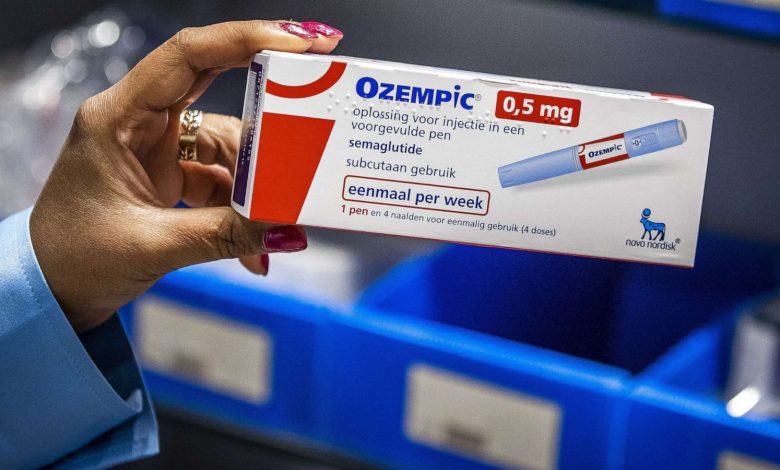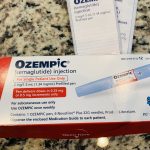Ozempic and TikTok: When treatment turns trendy

By Alexis Kayser (Becker’s Healthcare)
The drug Ozempic, prescribed for Type 2 diabetes, could be in shortage for years to come. As celebrities and influencers race to obtain the drug for its off-label weight loss capabilities, their endorsements — cataloged on sites like TikTok — could be partially to blame.
That’s according to a recent study published in the Journal of Medicine Surgery and Public Health. Researchers affiliated with Columbia University in New York City, the City University of New York in New York City, William Paterson University in Wayne, N.J., and the University of Cambridge in the United Kingdom studied the first 100 TikTok videos under the hashtag #Ozempic.
The 100 videos had collectively racked up nearly 70 million views, more than 2.1 million likes, and 229,000 shares: a clear indicator of the drug’s popularity. But the content of the widely watched reels concerned researchers.
Only 14 of the videos were uploaded by professionals; the other 86 were posted by consumers. Fifty-seven of the videos mention using Ozempic for weight loss, while 35 encouraged or enticed others to try the drug, presenting it as coveted or portraying it in a positive light.
Seven users mentioned the intended, FDA-approved use of the drug — as treatment for Type 2 diabetes — while 29 discussed common side effects or toxicity.
Consumers of this content may find it difficult to distinguish individuals’ anecdotes from up-to-date scientific evidence, according to the researchers’ report. They also highlighted concerns that such videos promote off-label or unsupervised use — and contribute to surging demand and continued shortages. Regulatory bodies and healthcare professionals should be cognizant of social media’s potential influence when it comes to weight loss drugs, the report says.
“Our findings have implications for how social media companies monitor and address the promotion of information related to weight loss products and medications,” the researchers wrote. “Collaboration among healthcare professionals, regulatory bodies, and social media platforms can help ensure that information being widely disseminated through viral trends does not encourage irresponsible prescriptions and result in medication shortages for people with diabetes.”
Source: Becker’s Healthcare





